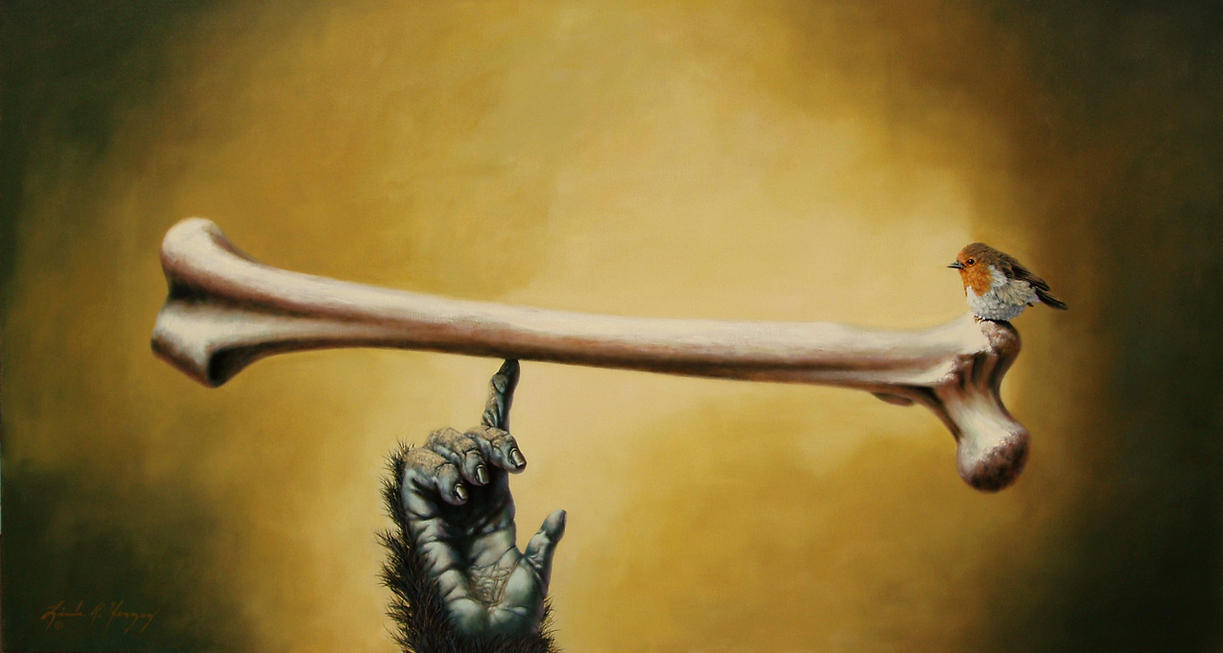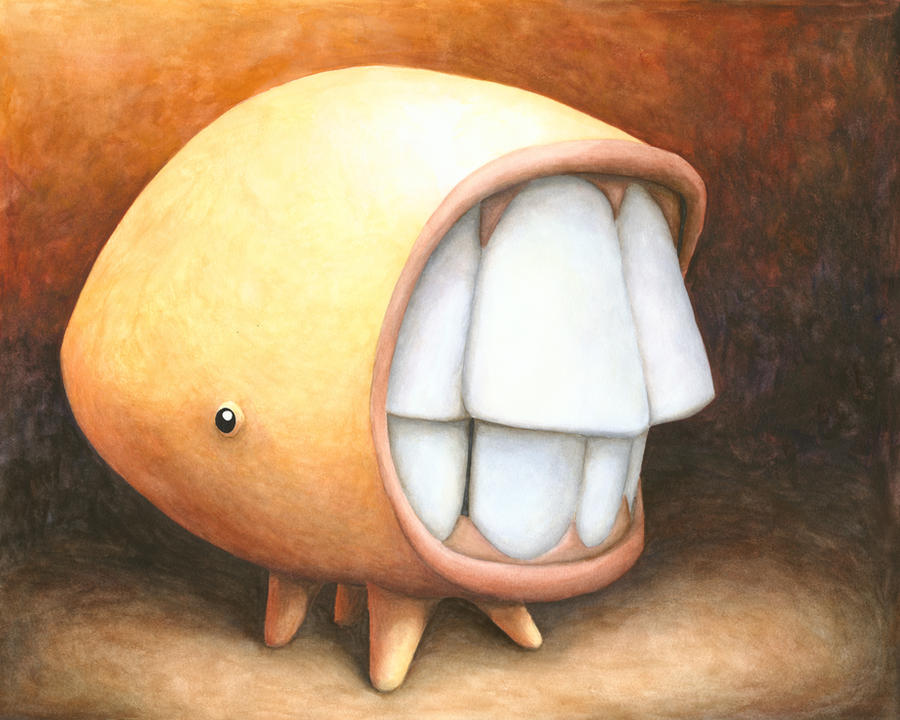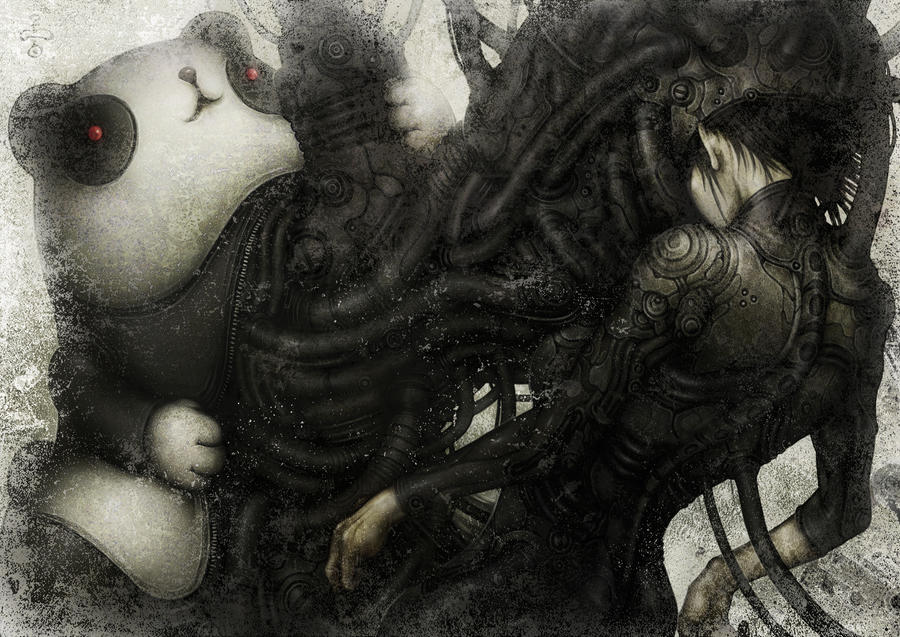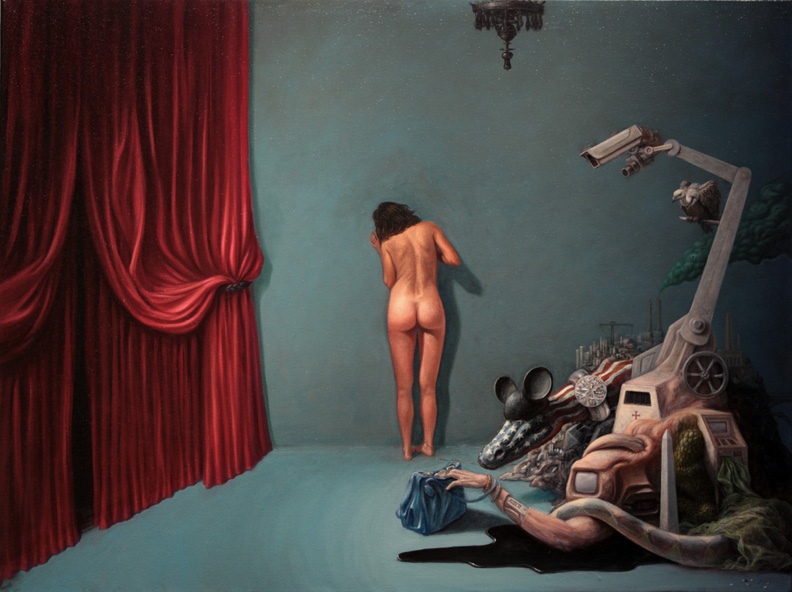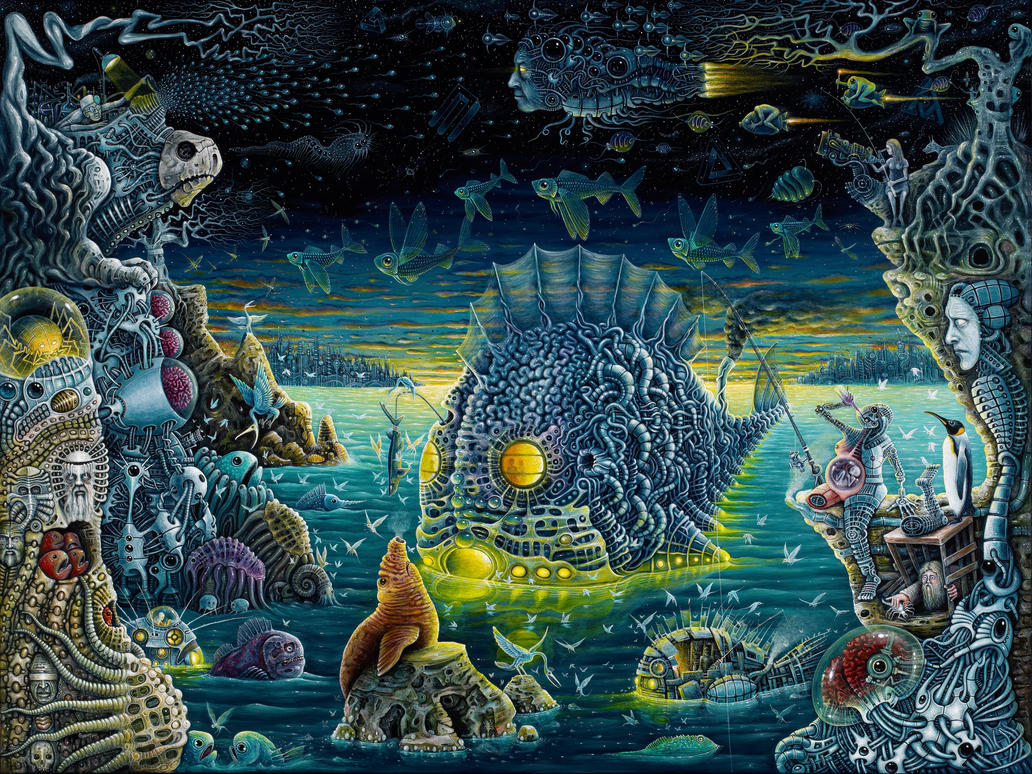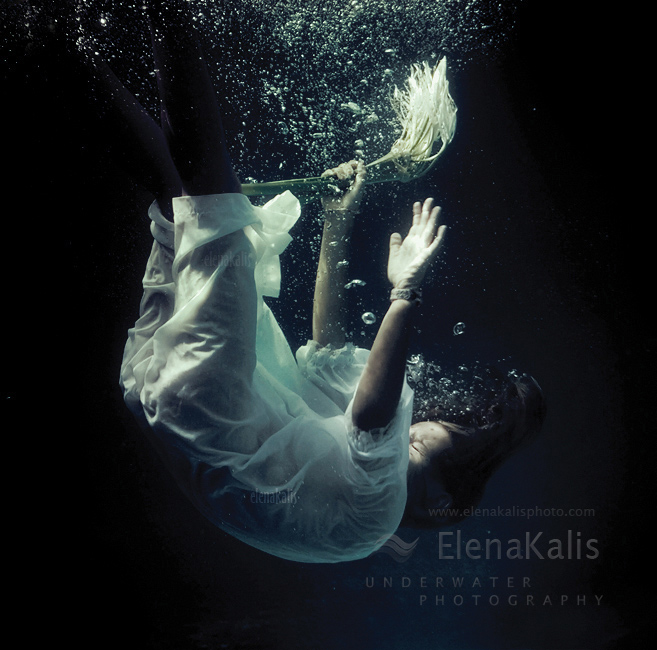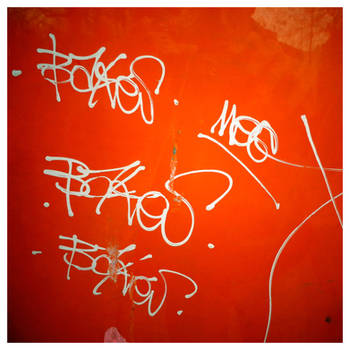Just when you thought there couldn’t possibly be another “ism” on the art world horizon, what with the growing accessibility of all
art technique and technology rendering all the “schools of art” equally available and doable and therefore making impossible the dominance
or even existence of any current art “movement” … comes “suggestivism,” the “ism” best summing up what art is in our lives today, defined
more by what it is not, rather than what it is.
"Suggestivist" art is not slave to any one particular type of current art, from pencils to oils to photo-manipulation. It’s not about technology or technique.
It’s largely apolitical and need not promote any particular “message.” Whether defined by Sadakichi Hartmann (circa. 1900; the first to coin
the term) as simply being a reaction to overly cerebral and insufficiently poetic art in all its forms, from canvases to literature, or by Nathan
Spoor, a current artist and advocate, as a “process” by which the artist lets go of constrictive didactic narratives and dogmatic theories and lets
the will of his or her muse take over so that truly poetic art can be created, whether that art “makes sense” or not. The artist allows the soul of
his deepest artistic intuitions “suggest” what to create, without all the over-thinking. The artist can ponder the “meaning” of the vision produced
later, along with everyone else. The one thing that “suggestivist” artworks have in common is that the viewer is encouraged (compelled!) to imagine
his or her own interpretation of the piece. These artworks generally always have recognizable elements, but the real world ends there, as these
elements are usually then twisted into the impossible conjunctures of mad dream logic. Suggestivist art can sometimes suggest the frightening and
haunting, but usually the emphasis is on the playful and wildly unapologetically creative.
“Suggestivism” is as apolitical as our largely apolitical times, though usually informed with ambiguous political memes and imagery. It is an art
for our times that does not ask to be analyzed and understood, but presents itself as a cipher or puzzle with no correct answer that commands attention
none the less. Or it could be just the latest petulant reaction to a public perception of arts experts talking over our heads in their own secret language about what we should and should not like.
Time will tell.
Perhaps the greatest thing about “suggestivist” art is the very fact that it is so... “suggestive.” It’s the ultimate resource for artists (pop & fine),
musicians, writers, dancers or just dedicated daydreamers who feel a bit blocked. Re-charging the creative batteries only requires you spend a little time
creating your own stories to fit the magical creations and constructions of these works, and one’s own inner engines of fantasy and whimsy will soon be
sweetly humming again.
QuestionsFor the Reader
- Should art be political or apolitical? Or do you think there’s room enough for both?
- Do you sense there being any current “movement” in the arts world today? Is this a good or bad state of things?
- Do you try to “figure out” an artist’s intent or message when looking at art, or do you simply decide whether you like or dislike each piece of art?
- In your own art, do you try to transmit any sort of message, or do you concern yourself only with technique and aesthetics?







